Jamaican Me a Bird Watcher--A stay on the north coast is just what the Doctor Bird ordered.


I’m reading the foremost author on the birds of Jamaica---whose name is Bond. James Bond. James Bond was an American ornithologist who wrote Birds of the West Indies in 1936. Ian Fleming moved to Jamaica and was a passionate bird watcher and owned a copy of Birds of the West Indies. When he was considering a name for agent 007, he was struck that the bird writer’s name was, as he described it: “..brief, unromantic, Anglo-Saxon and yet masculine. Just what I needed”—close quote. And so it is that I am equipped for the Jamaican bird hunt with the original James Bond as my guide.

Jamaica is largely famous for some of its smallest birds. Hummingbirds. The most common one here is found nowhere else, the Doctor Bird, which also goes by the more descriptive name of Red-billed Streamertail. It’s the national bird of Jamaica.

In the James Bond story For Your Eyes Only, the first line in the book reads, “The most beautiful bird in Jamaica, and some say the most beautiful bird in the world, is the streamer-tail or doctor humming-bird.” The Doctor dresses up in iridescent green and the male has decorative streamers trailing behind that more than double its length.

You can see hummingbirds zig-zag zooming and flower-flitting at most resorts, but one special place to see the Doctor Bird and other only-in-Jamaica birds concentrated together is Rockland Bird Sanctuary. Just a half-hour by car from multiple Apple Vacation all-inclusives on Montego Bay, in the forested highlands enveloping a small cottage astride a comically steep and rutted road. It is run by Fritz Beckford, who took it over from a woman who died at the age of 96. The chief occupation of her long life was to patiently teach local birds to trust enough to eat out of her hand. And they still eat out of hands. Including yours.

Fritz was a young boy when he met the old woman and learned the ways of birds. When she died Fritz took over her home and her mission, and he keeps Rockland’s feeding stations filled with fruits and sugar-water.

Of the four species of hummingbirds found in Jamaica, three exist nowhere else. Two of those three came to us at Rockland: The Doctor Bird and the Jamaican Mango.

Bird hunters who know about such things count 28 birds that can be seen nowhere outside Jamaica. One of them is the Orangequit, a regular at the Rockland all-inclusive breakfast buffet.

Another often-seen island exclusive is the Jamaican Woodpecker, or, as it is called in Jamaica, “The woodpecker.”

But those 28 endemics are only a fraction of the 300 bird species that reside in and visit Jamaica; many of them flying down from the U.S., like you.
At Rockland, Orangequits are joined by Bananaquits and Yellow-faced Grassquits (male and female).

A female Black-throated Blue Warbler takes its turn at the sugar cup.
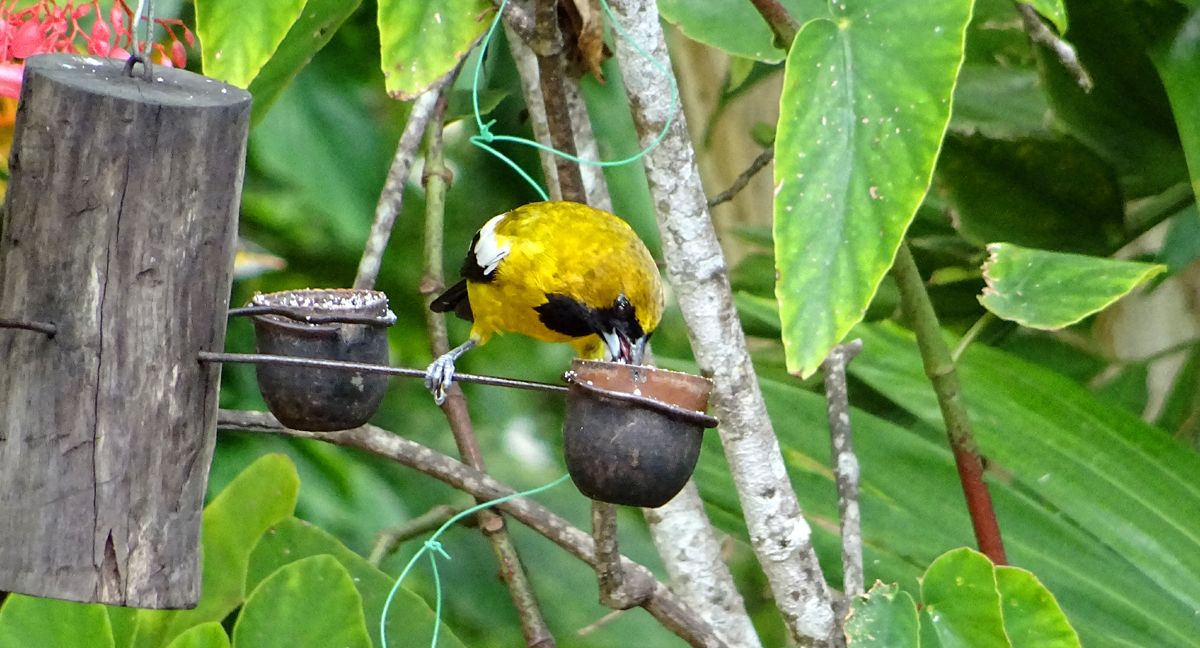
The Jamaican Oriole appears all over the island.

Some are bold and opportunistic, like the Cattle Egrets that scavenge at beach resorts.
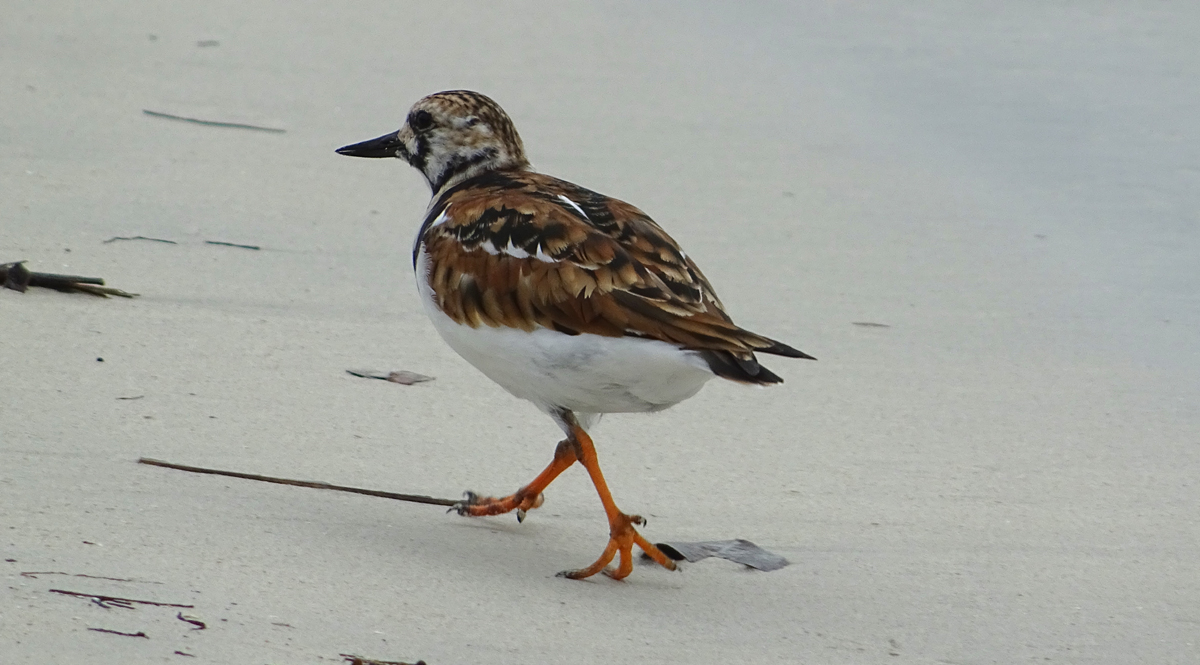
The Ruddy Turnstone Sandpiper chases and flees the waves that expose creatures at water’s edge in Negril.

Royal Terns gather on the bay in Ocho Rios to plot mischief between raiding sorties.
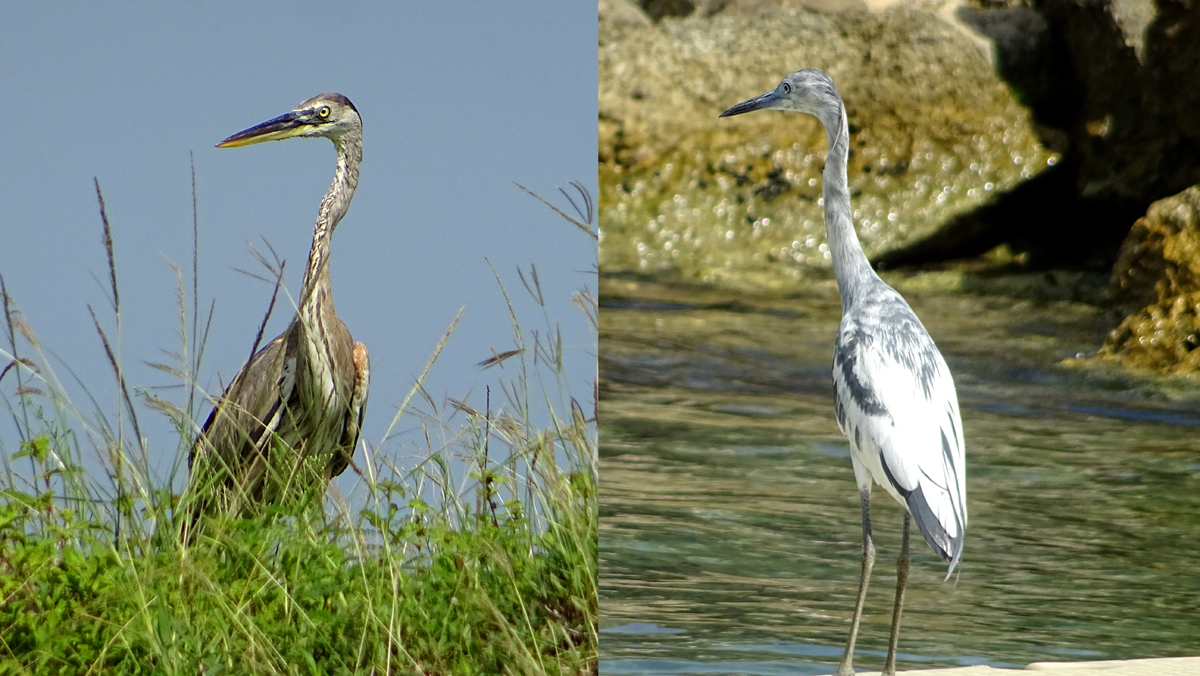
Great Blue Herons are the tallest birds on the shoreline. The lighter one is leucistic, with a genetic trait causing whiter pigmentation.
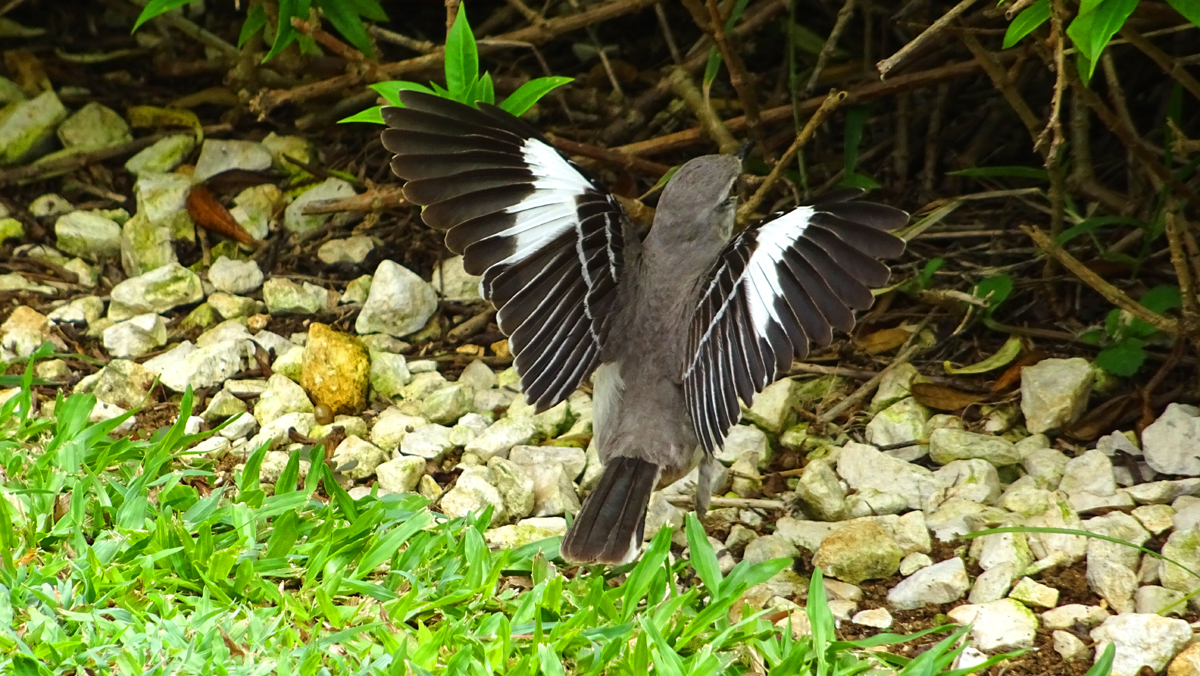
A Northern Mockingbird tries to startle insects into revealing themselves.
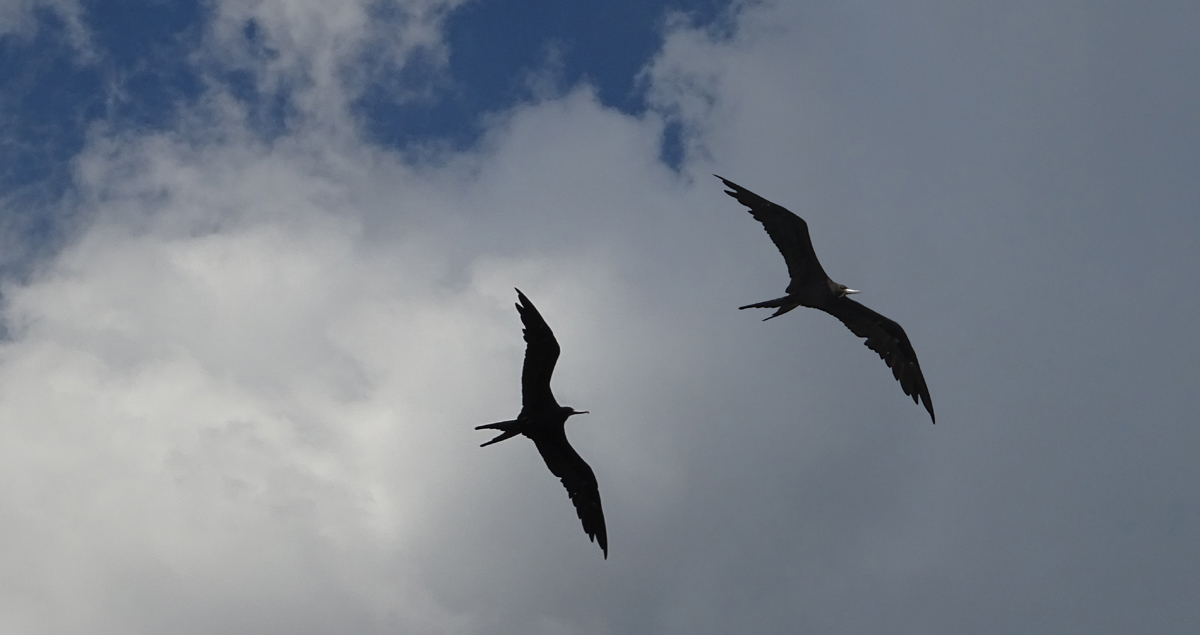
Magnificent Frigatebirds live up to their names as they scout the sea for surface-skimming fish.

To find birds, just look for birds. Whether you spend your days on the beach, or climbing waterfalls cascading down lushly-forested hillsides, or exploring the mountainous coffee country, you don’t have to hire a guide to find the birds of Jamaica. As the saying goes, “Wherever you go…there you are!”
